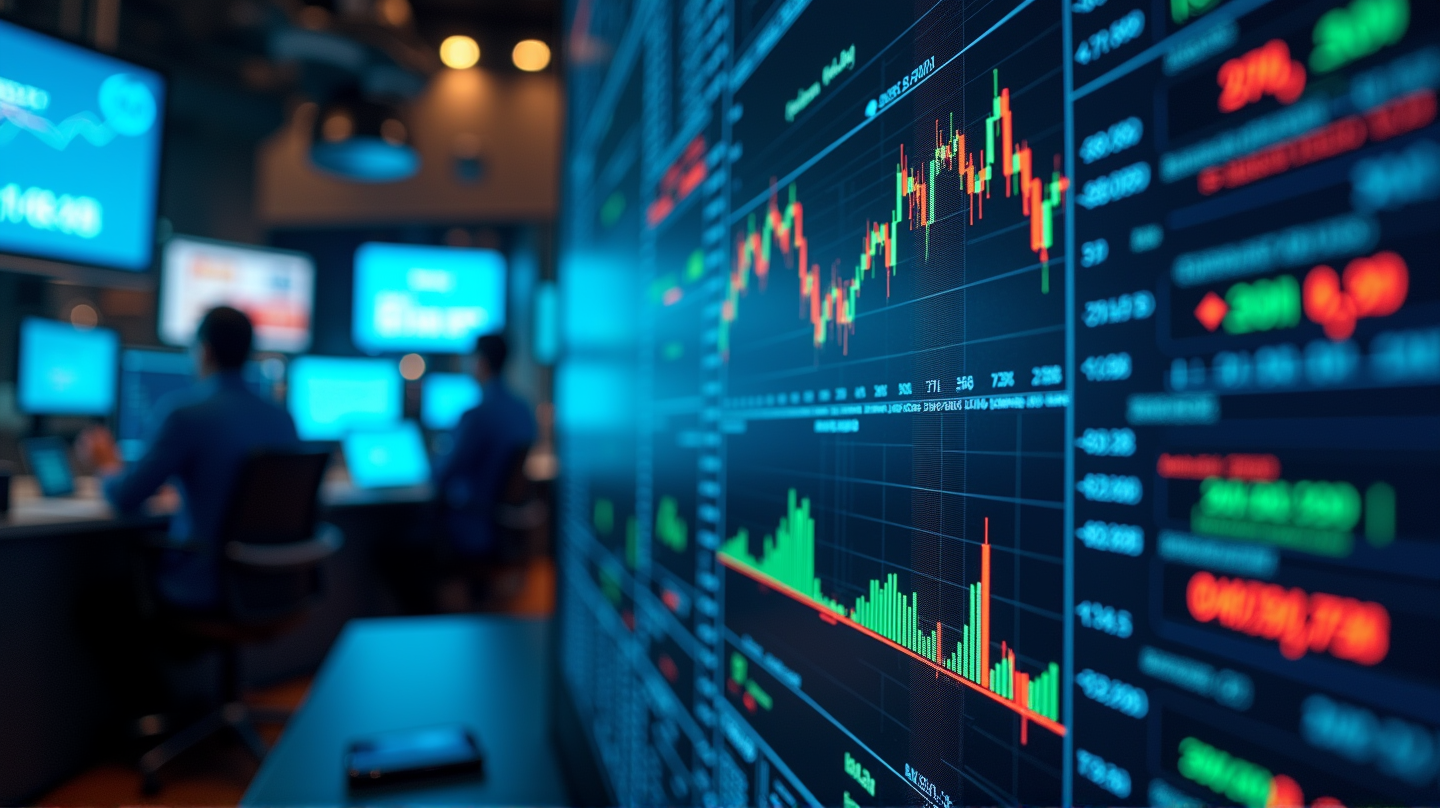Has the AI Boom Overspent Its Market Welcome with $19 Trillion Hike?
Goldman Sachs reveals the stock market’s $19 trillion AI surge may not match its real economic impact, prompting warnings of potential overvaluation.

Goldman Sachs has unveiled a compelling analysis regarding the U.S. stock market’s fevered embrace of the artificial intelligence (AI) boom. With valuations spiking by a staggering $19 trillion, questions now swirl around whether this surge accurately reflects AI’s tangible economic contributions. As stated in Fortune, the esteemed investment bank delves into this pressing issue, sparking a vital conversation about market optimism and potential overvaluation.
Rising Valuations or Bubbling Over?
Goldman’s latest report probes whether current market valuations have soared to unrealistic heights. Analysts Dominic Wilson and Vickie Chang provide a layered insight, suggesting that while there’s certainly an anticipation of AI-driven growth, the current market estimates might be outpacing actual macroeconomic benefits. The Present Discounted Value (PDV) of AI’s capital revenue to the U.S. economy is conjectured to sit between \(5 trillion and \)19 trillion, with an $8 trillion baseline estimate. However, market fervor has propelled valuations way beyond this baseline, hinting at a potential overshoot.
The Risks of Overexuberance
The report highlights two primary risks: the Fallacy of Aggregation and the Fallacy of Extrapolation. Investors might mistakenly extrapolate the high earnings growth of select AI companies to all market potential, and high competitive pressure could dampen presumed long-term profit growth due to short-term gains being treated as ongoing.
AI’s Promising Yet Feared Frontier
Despite concerns, the allure of AI remains substantial. Predictions suggest AI could elevate U.S. productivity by 1.5 percentage points annually over a decade, potentially hoisting GDP and earnings by 15%. However, current AI profitability, particularly beyond the hardware realm, remains constrained, and significant gains are yet to be fully realized.
A Cautious Optimism
Goldman’s analysis presents a tempered view of the market’s enthusiastic outlook, underscoring the need for cautious optimism. The legacy of past innovation booms, such as the 1920s and 1990s, which saw similar overzealous valuations, serves as a historical reminder. While the AI-driven future holds promise, care must be taken to avoid the pitfalls that have historically accompanied tech booms.
Final Thoughts
Goldman Sachs’ latest findings prompt reflection on the U.S. stock market’s journey into AI territory. Market observers and investors are urged to balance hope with realism, ensuring that the public fervor doesn’t lead to inflated valuations that overlook the nuanced and complex path of economic impact.
For business enthusiasts and market analysts alike, this report serves as both a guide and a warning—a reminder of the powerful allure of innovation and the sobering realities that can accompany unchecked market optimism.